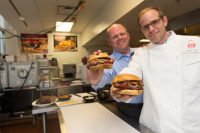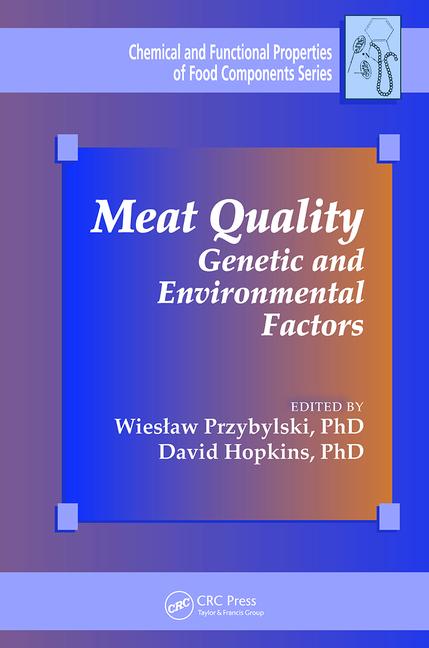Freezing Systems’ Efficiency on Fast Track


|
| Photo Courtesy of Tippmann Group / Interstate Warehousing |
companies face in this realm hit from many angles. From sustainability to maintenance and worker safety, issues abound for processors. To get a fresh perspective on freezing systems, The National Provisioner discussed the topic with Steve Tippmann, executive vice president of Tippmann Group / Interstate Warehousing, a family-owned and operated refrigerated distribution and warehousing company headquartered in Fort Wayne, Ind.
Q: In this world of sustainability and energy management, how have freezing systems adjusted in recent years? What technologies have emerged to help ease the high-costs of freezing products and keeping them frozen?
Tippmann: In the last three years, we have reduced our KWH consumption (per cubic ft) close to 30 percent system-wide, and we are freezing more pounds of product today than three years ago.
Our new QFR Zone™ freezing system (pictured) operates at 30 percent to 50 percent less power than traditional blast freezers.
We are installing state-of-the-art lighting systems (LED) with motion detection and monitoring, and controlling our refrigeration systems so they operate at peak efficiency. Our systems regulate the suction pressure by monitoring the temperature requirements throughout the warehouse — this keeps the suction pressure at the highest pressure which is the most efficient operating condition.
Variable speed or frequency drives (VFD) have increased their operating efficiency more recently. We are now installing them on the fans of condensers to enable the lowest head pressure with the least fan horsepower.
Every aspect of the design is critiqued to ensure we have the proper insulating values and absolute vapor seals throughout our facilities.
Q: What are the primary challenges you find in maintaining your freezing systems, to keep them at that peak efficiency?
Tippmann: So much can be gained in the operation of our warehouses that we have started an audit program both for our own (Interstate Warehousing) facilities along with some of our construction customers. We audit all aspects of the refrigeration, electrical, fire protection, safety, sanitation and overall warehouse condition to ensure peak operating performance.
Q: Are there any significant differences in the way protein products are stored frozen versus other frozen-food products? If so, what are they? Are there certain freezing systems processes that lend themselves better to freezing (and frozen storage) of protein products?
Tippmann: [Serving] the breadbasket of the world, we freeze and ship commodity priced products worldwide. It is a competitive industry and the most efficient producer wins. Added-value products tend to be frozen in unit or case quantity, and commodity-priced proteins are typically frozen in pallet quantity. Tippmann has developed a pallet freezing system that reduced the utility consumption by up to 50 percent. In addition to the utility savings, the labor cost and overall product-quality improvements reduce the overall cost substantially.
Q: Finally, what further improvements need to be made in freezing systems, from your perspective, and do you see those changes coming on the horizon, or will they take a quantum leap to get there?
Tippmann: Utility rates have been increasing at double-digit rates for the past three years. In the last three years, we have seen the most significant improvements in utility consumption in our industry, as our rates increase; I believe our design changes and new ideals will be cost-justified.
Looking for a reprint of this article?
From high-res PDFs to custom plaques, order your copy today!









